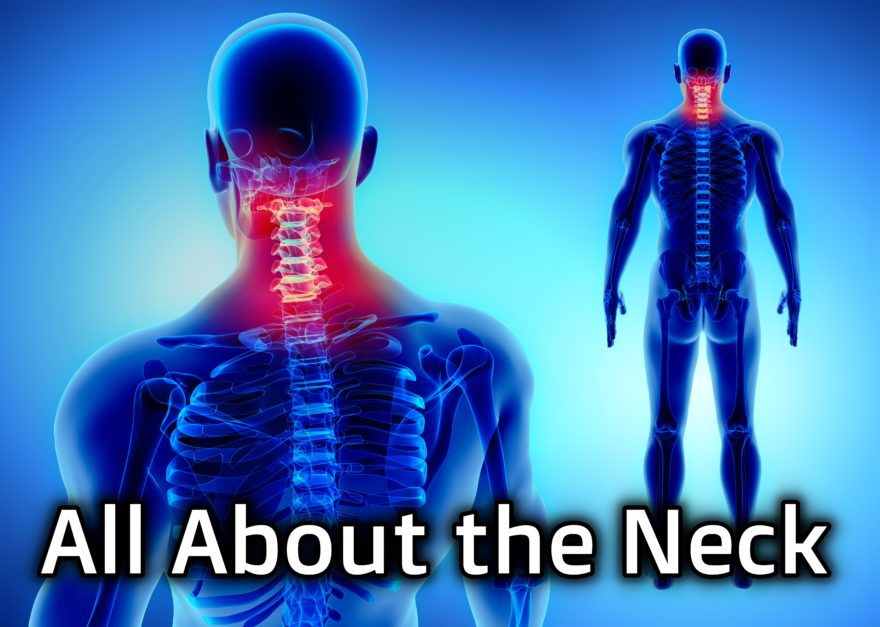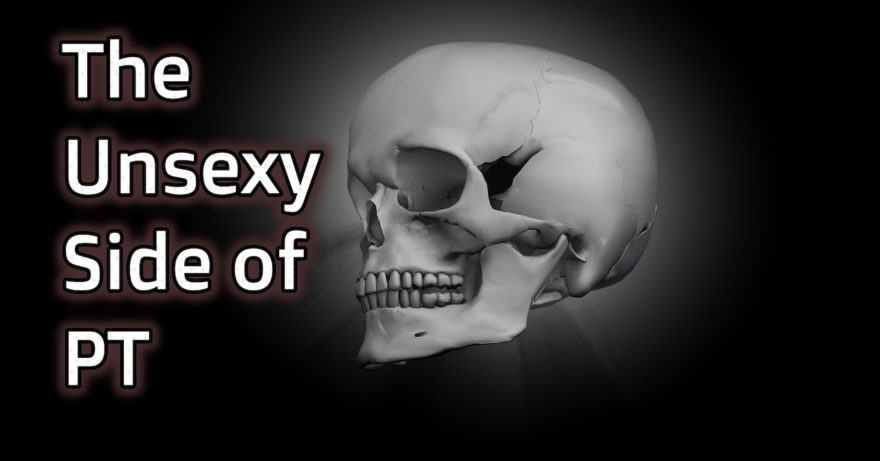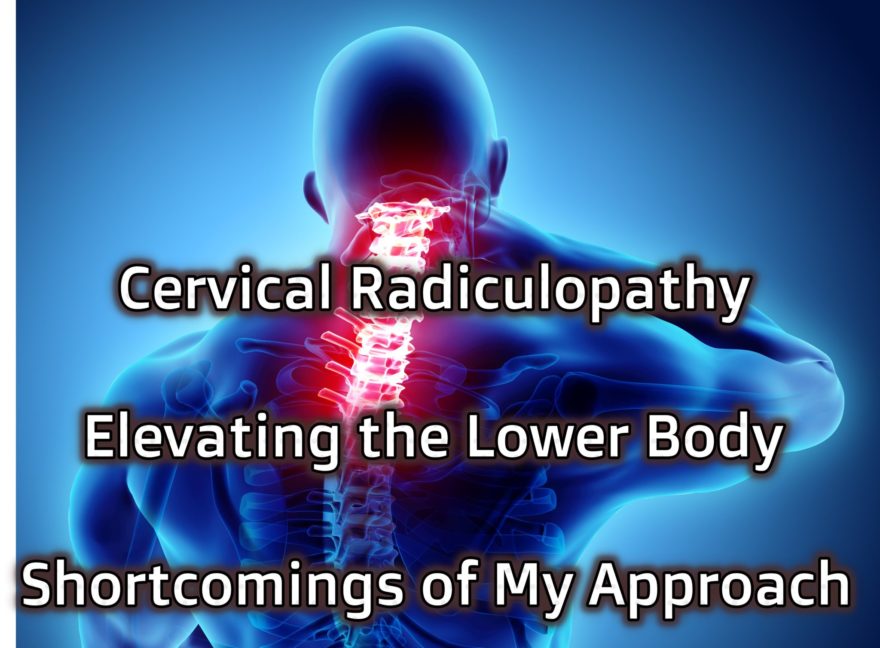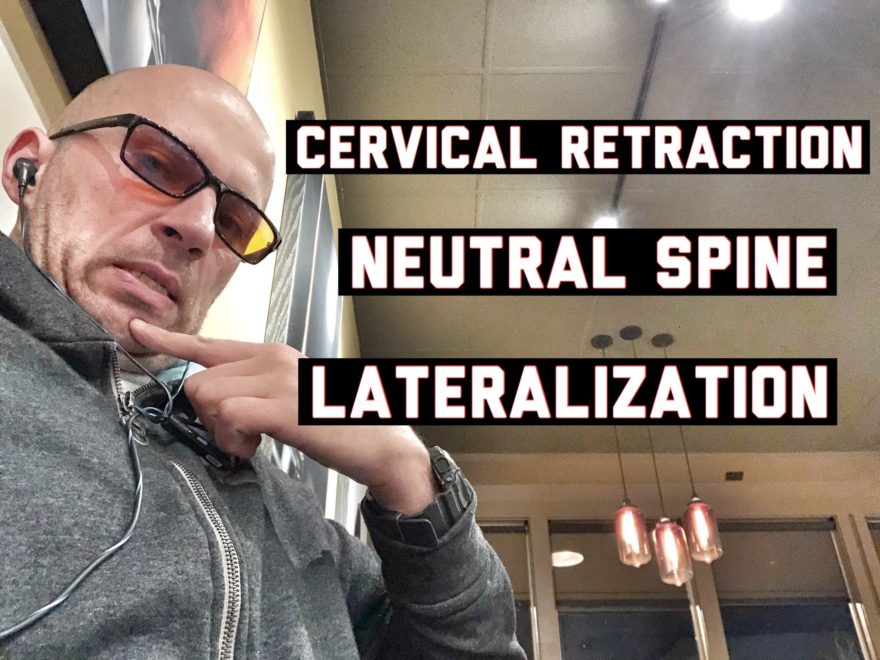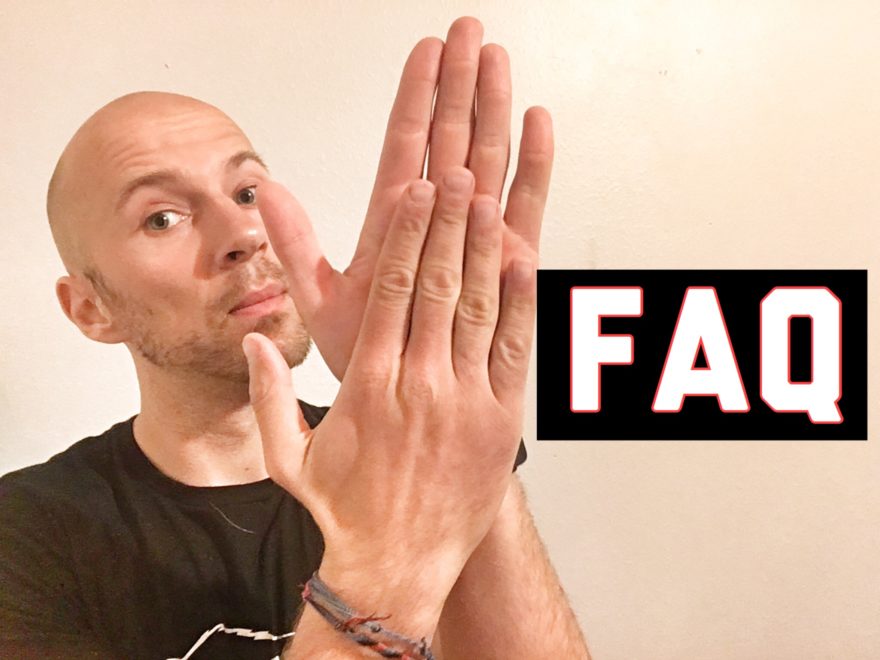This is a chapter 8 summary of the book “Movement” by Gray Cook. What to Look For The SFMA breakouts are utilized to determine if one’s movement deficiencies have a mobility or stability origin. There are further possibilities in each of these categories. It Could Be a Mobility Problem There are two subsets of mobility problems that include tissue extensibility dysfunction (TED) and joint mobility dysfunction (JMD). From here, we can break it down even further in each subset. Here are some potential TEDs Active/passive muscle insufficiency Limited neurodynamics (they said neural tension; come on Gray!) Fascial tension Muscle shortening Hypertrophy Trigger points Scarring/fibrosis And here are some potential JMDs Osteoarthritis/arthrosis Single-joint muscle spasm/guarding Fusion Subluxation Adhesive capsulitis Dislocation It could be a Stability Problem These issues are also known as stability or motor control dysfunction (SMCD). Most conventional therapies would treat these complaints by strengthening the stabilizers, but this is problematic. When something works reflexively, how can we train something volitionally and expect changes? To train these muscles we must focus on proprioceptive and timing-based training. There are several examples of SMCD problems. Motor control dysfunction. High threshold strategy. Local muscle dysfunction/asymmetry. Mechanical breathing dysfunction. Prime mover or global muscle compensation behavior or asymmetry. Poor static stability, alignment, postural control, asymmetry, and structural integrity. Poor dynamic stability, alignment, postural control, asymmetry, and structural integrity. Relatedness Mobility and stability can influence one another. If I were to lose mobility at one segment, motor control can be distorted at nearby segments.
Read More